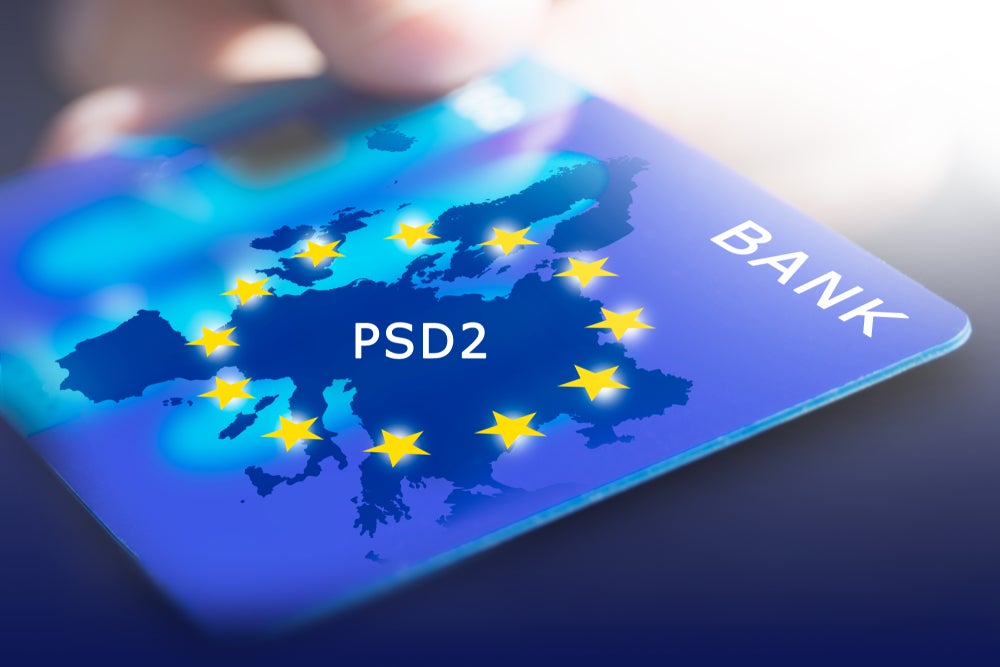Global ATM industry body the ATM Industry
Association (ATMIA) has reacted to what it believes are unwarranted
concerns relating to ATM security.
Association (ATMIA) has reacted to what it believes are unwarranted
concerns relating to ATM security.
Indeed, the ATMIA international director Lana
Harmelink stressed that the ATM is usually unfairly implicated by
the press when cases of card fraud are reported.
Harmelink stressed that the ATM is usually unfairly implicated by
the press when cases of card fraud are reported.
Harmelink explained that most of what is
commonly reported by the press as ATM Fraud is actually PIN fraud
and occurs when criminals obtain counterfeit cards and PINs from
skimming of either POS terminals or databases operated in the
retail environment.
commonly reported by the press as ATM Fraud is actually PIN fraud
and occurs when criminals obtain counterfeit cards and PINs from
skimming of either POS terminals or databases operated in the
retail environment.
“In these cases, the ATM is simply used as a
means to retrieve cash – it is not the point where the cardholder’s
card number and PIN were stolen or copied and in no way represents
a threat to consumers,” stressed Harmelink.
means to retrieve cash – it is not the point where the cardholder’s
card number and PIN were stolen or copied and in no way represents
a threat to consumers,” stressed Harmelink.
“There are over 1,6 million ATMs in the world,
performing millions of transactions every day and the scale of ATM
crime is truly minute compared to these volumes of safe, convenient
transactions going through our systems all the time,” she
continued.
performing millions of transactions every day and the scale of ATM
crime is truly minute compared to these volumes of safe, convenient
transactions going through our systems all the time,” she
continued.
The ITMIA estimates that globally there are
about 49 billion cash withdrawals each year at ATMs of which 14
billion are undertaken at ATMs in the US where the amount of cash
withdrawn annually is several hundred billion dollars.
about 49 billion cash withdrawals each year at ATMs of which 14
billion are undertaken at ATMs in the US where the amount of cash
withdrawn annually is several hundred billion dollars.
In the US estimated fraud losses are less than
one-tenth of one percent of cash dispensed at ATMs and these losses
are carried by the issuing banks and networks and not by the
consumer.
one-tenth of one percent of cash dispensed at ATMs and these losses
are carried by the issuing banks and networks and not by the
consumer.
Harmelink noted that to counter criminal
activity the ATM Industry has developed new technologies and
safeguards to prevent fraud.
activity the ATM Industry has developed new technologies and
safeguards to prevent fraud.
Steps taken to prevent ATM fraud include
encrypted PIN pads (EPP) and triple data encryption standard (DES)
encryption which instantaneously encrypt PINs within the PIN pad
itself. In the US where EPP and triple DES are now mandatory
standards the electronic theft of PINs from ATMs has been
effectively eliminated.
encrypted PIN pads (EPP) and triple data encryption standard (DES)
encryption which instantaneously encrypt PINs within the PIN pad
itself. In the US where EPP and triple DES are now mandatory
standards the electronic theft of PINs from ATMs has been
effectively eliminated.
“Today, criminals attempting to acquire PINs at
the ATM are more likely to do so by using physical skimming devices
coupled with PIN pad overlay devices or camera systems to capture
card data and PINs,” said Harmelink. She categorised this as a
relatively rare type of fraud.
the ATM are more likely to do so by using physical skimming devices
coupled with PIN pad overlay devices or camera systems to capture
card data and PINs,” said Harmelink. She categorised this as a
relatively rare type of fraud.







